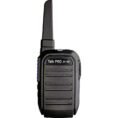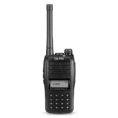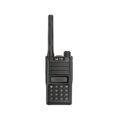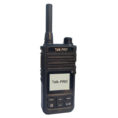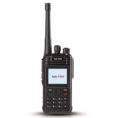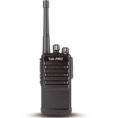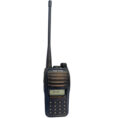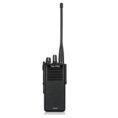The phrases walkie-talkie and two-way radio are used interchangeably. However, there is a relatively common distinction between a two-way radio and a walkie-talkie. Technically, the two are not the same thing, though they can be similar in most situations. To grasp the distinction, we must define the words.
A two-way radio is a radio that can work in both directions. It can broadcast and receive radio signals, as opposed to a one-way radio that can only receive. A two-way radio can operate in either half-duplex or full-duplex mode. Half-duplex radio allows the radio to broadcast or receive in turn, but not both at the same time. Full-duplex radios may broadcast and receive data at the same time.
A walkie-talkie is a portable two-way radio that may be held in one’s hand. This sort of radio, also known as a walkie talkie, handy talkie, portable transceiver, or HT, allows you to talk on the radio while walking around, hence the name.
A walkie-talkie is a two-way radio, according to the definition, however, a two-way radio is not always a walkie-talkie. This is because certain radios are not portable handhelds, such as a mobile radio installed in a car or a desk or wall-mounted base station.
Given the history of the walkie-talkie, this is understandable. Originally, it refers to the portable backpack transceivers utilized by the military during WWII. A walkie-talkie has recently been synonymous with low-cost FRS radios. The word has also long been used to designate extremely low-power radios sold as toys, and that stigma is misguiding customers to this day. Given this, it’s no surprise that some people avoid devices marketed as walkie-talkies in favor of a “genuine” two-way radio.


